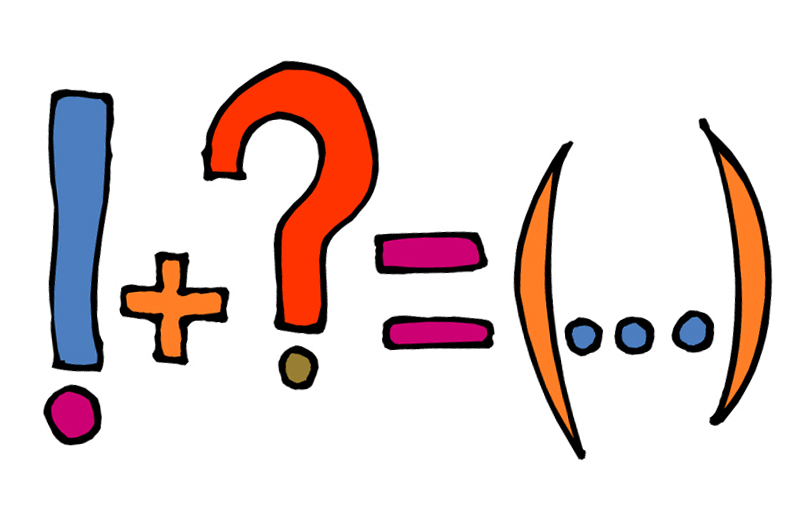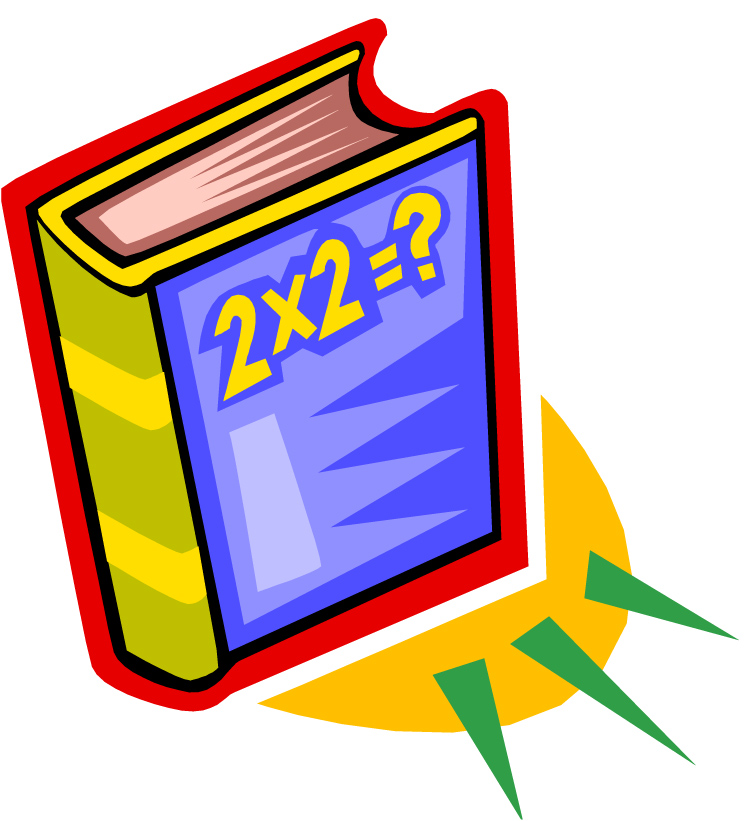 Get four booksellers in a taxi at Winter Institute and the conversation quickly turns confessional–and riotous. We compare systems, not so much for book receiving, ordering cycles, inventory control, staff training, accounting, events, or the myriad other tasks that occupy our waking hours, but for dealing with difficult customers, dropped balls, elusive books on walkabout in the store, and so forth. It became clear that we use a special kind of math in our workaday world, a unique set of
Get four booksellers in a taxi at Winter Institute and the conversation quickly turns confessional–and riotous. We compare systems, not so much for book receiving, ordering cycles, inventory control, staff training, accounting, events, or the myriad other tasks that occupy our waking hours, but for dealing with difficult customers, dropped balls, elusive books on walkabout in the store, and so forth. It became clear that we use a special kind of math in our workaday world, a unique set of  values, terms, and functions I’m calling Bookseller Math.
values, terms, and functions I’m calling Bookseller Math.
For example:
Algebra: We are constantly solving for X and Y, where X is the last copy of Rick Riordan’s The Lost Hero, and Y is the shelf it should be on but isn’t. The upside: The thrill of victory when we successfully plug in the correct values, shout “Eureka!” and hand the wrangled book to a happy customer.
Calculus: Calculus, the study of “rate of change,” is all too familiar to booksellers as we encounter new variables, limits, derivatives, and functions — on a daily basis, in infinite series. Each store assesses its domain and range, and formulates its own equations, such as f(x) = 2x, where x = the ever-increasing cost of goods sold. Or K(A)n+E÷L=F(b), where K=the Kindle, A=Amazon, n=the nook, E=the economy, L=Luddites, and F=Future of bookselling. Okay. That’s enough of that. I was an English major; the previous was the sum of my memory of calculus. The upside: It’s fun to reinvent one’s business plan again and again and again and again. We gather no moss, that’s for sure.
Negative numbers: These appear all too often as inventory on-hand quantities, caused by forgetting to finish receiving that order you’re waiting for shipping costs on, or those consignment books you put on the shelf before actually getting in the system. When we ring up those books, they are deducted from the inventory whether or not we’ve officially added the latest quantity received. Example: The computer says we have -3 copies of Young Fredle, but we ordered five last week, so there should be two on the shelf. Eureka! The upside: Negative numbers keep our brains nimble as we make lightning-quick calculations when locating books for customers.
Ratios: A matter of relationships and proportion. These are generally positive, but also involve, sadly, fractions. Of sales, in this economy and climate (see Calculus). The upside: Indie booksellers excel at relationships and try to keep our sense of proportion, even in the face of fractions.
Geometry: This is the study of shape, though it’s not quite clear whether our area of concentration rests mainly with our stores (displays, the task of fitting too much into too little space, predicting the relative stability of book stacks, etc.) or ourselves (the direct correlation of desk time to bookseller bottom size). The upside: Remembering that perspective is a key element of geometry.
∏: What we need when we’re done worrying about the above.

This is hilarious, and all too true.
Great! Former math tutor turned indie bookseller plus blogger appreciates your mashup.
Judy, you are the perfect audience for this post. (Perhaps the only audience….? kidding, I hope.) I have always loved a good mashup, esp. if it involves potatoes and butter. Thanks for the comment!
Loved this post! Especially got a great big giggle as I read “elusive books on walkabout in the store”. Hilarious! Must admit this resonated most strongly with my “customer” hat on. When I am in desperate hurry to lay my hands on a book to teach with the next day (I know you love me when I call with one of these requests ), I always brace myself when my favorite stores (and you KNOW I love you all ) answer: “looks like we have ONE copy in the store – please hold while I check?”. Talk about bookstore math equations! That one reads: ONE copy of a book goes on “walkabout” exponentially more often when I am in a hurry, LOL.
SO true. One copy in store can = needle in haystack. And I’ll tell you something: it’s not the browsing kids who misplace them. It’s the adults, who don’t want to bother us by leaving a stack, so they stick books sideways on top of a shelf, or put them approximately where they might belong. Whereas kids know exactly where they got a book, and put it back. Unless they’re too little, and their parents still insist they “put it back where you got it,” drowning out our desperate offers to let us reshelve them. “That’s our JOB!” we say brightly, and mean it. But, alas, parents see a possible teachable moment about politeness and responsibility. Appreciate the sentiment, but until Suzy knows the alphabet, it’s a wash.
Love this post! especially Geometry- customers marvel at the stacks of books we carry upstairs from our stock room, and I always feel a bit of magic when all the oddly shaped books I pulled out fit perfectly on our big display table.
In Geometry, you left out trying to put together endlessly complicated display dumps.
hahaha! Absolutely.